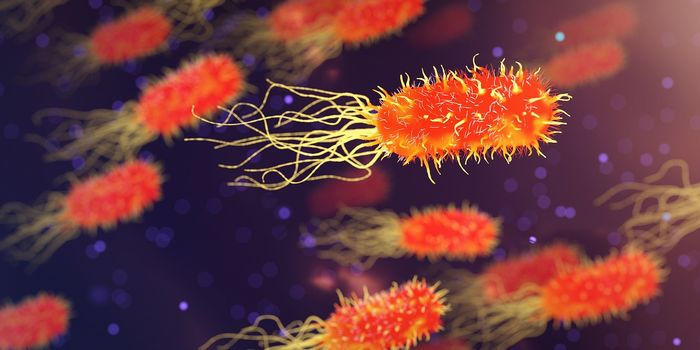Wistar Institute researchers recently discovered a protein in the endoplasmic reticulum of the cell, called STING, can induce death of malignant B-cells. Because malignant B-cells are the cause of several lymphomas, new drugs that stimulate the production of STING could offer better directed treatments for conditions like chronic lymphocytic leukemia and multiple myeloma.

Located on the cell’s endoplasmic reticulum (ER), STING or Stimulator of Interferon Genes, is involved in producing type 1 interferons, which are immune mediators that help regulate the immune system. Drugs that stimulate responses mediated by STING, called STING agonists, are known to boost production of interferons and thus enhance the immune responses. As such, STING agonists have been used as adjuvant therapies to complement and augment primary cancer treatments.
Recently, researchers found that STING agonists didn’t just work by augmenting the response of the main cancer drug; rather, they found that STING agonists had the potential to induce programmed cell death in both normal and malignant B-cells.
"In non-B cells, STING agonists stimulate the production of interferons, but since they induce apoptosis in B cells, these B cells do not live long enough to help boost the immune response," said Chih-Chi Andrew Hu, associate professor at the Wistar Institute and senior study-author. "We wanted to determine why STING agonists behave differently in normal and malignant B cells and how to extend this cytotoxic activity in malignant B cell leukemia, lymphoma and multiple myeloma."
To that end, the researchers identified an essential stress response pathway associated with the ER: the IRE-1/XBP-1 pathway. Cells lacking the necessary components IRE-1 or XPB-1 can’t produce interferons from STING stimulation. More crucially, the survival of B-cell lymphomas is dependent this pathway, which researchers showed was conveniently suppressed by STING agonists. Thus, by understanding the related complexity of this pathway, the researchers may have found a new way to treat lymphomas, using STING agonists as the primary therapy.
The team confirmed their results in mouse models of chronic lymphocytic leukemia and multiple myeloma, where they observed consistent cancer regression with the application of STING agonists. This validated their hypothesis that stimulation of STING suppresses the IRE-1/XBP-1 pathway, which increased apoptosis in cancerous B-cells.
“This specific cytotoxicity toward B cells strongly supports the use of STING agonists in the treatment of B cell malignancies," said Chih-Hang Anthony Tang, first study author. "We also believe that cytotoxicity in normal B cells can be managed with the administration of intravenous immunoglobulin that can help maintain normal levels of antibodies while treatment is being administered. This is something we plan on studying further."
Additional source: Wistar Institute press release
-
-
MAY 23, 2024For the Love of Digital PCR 2024
-
JUN 06, 2024The Future of Scientific Conferencing
- See More



















































